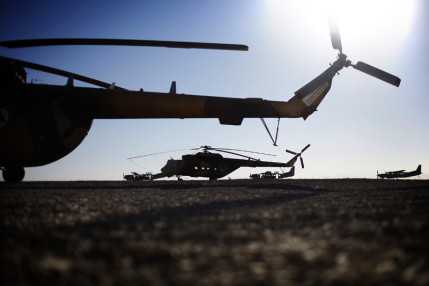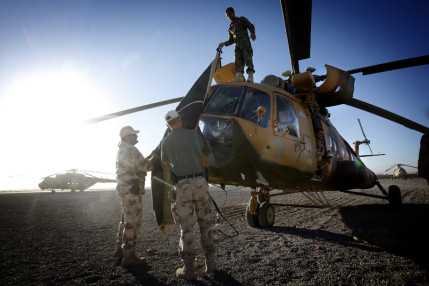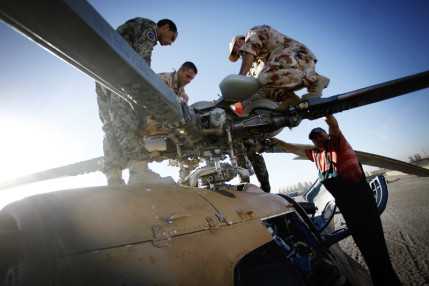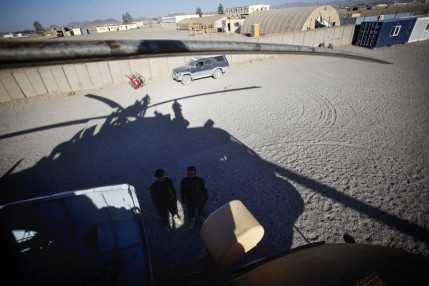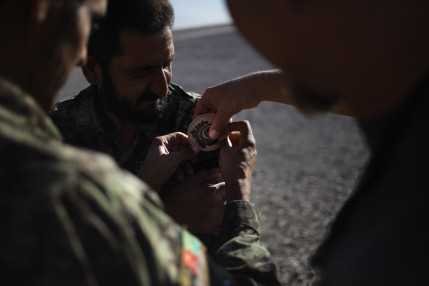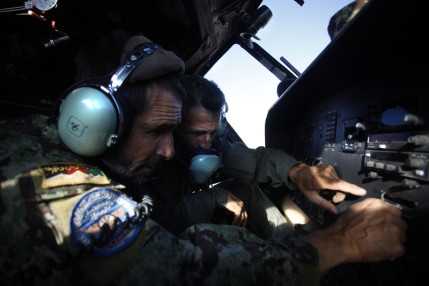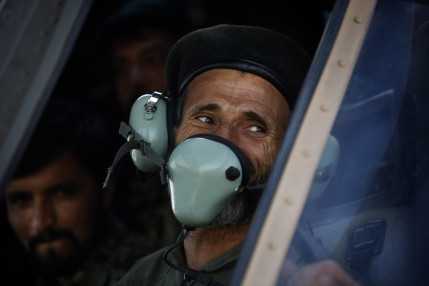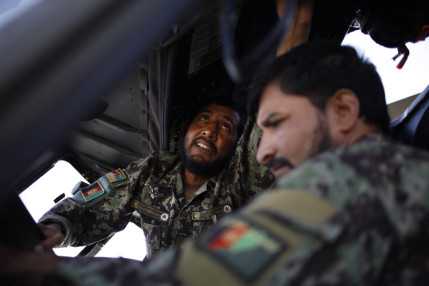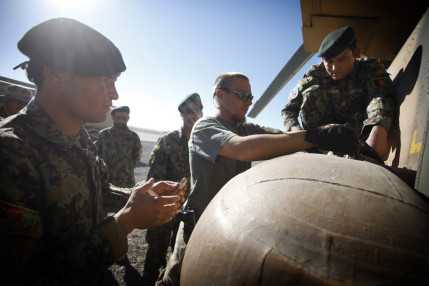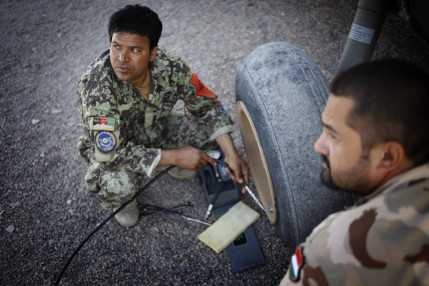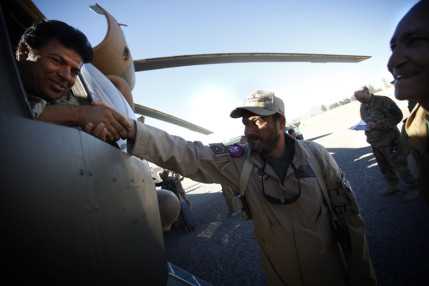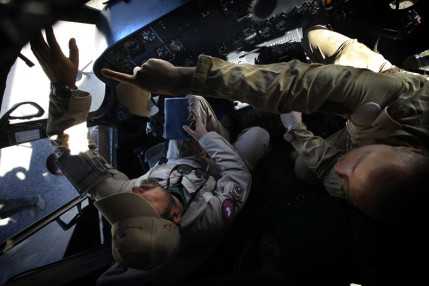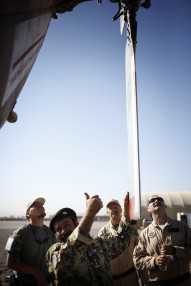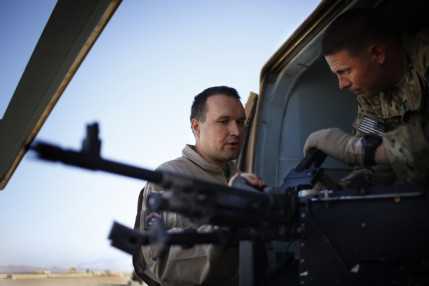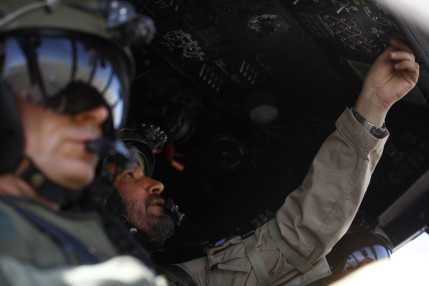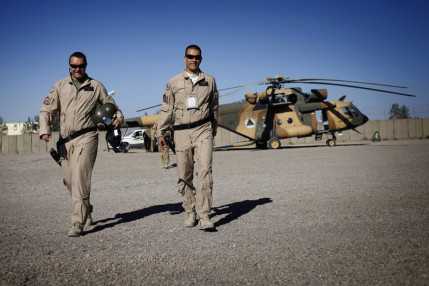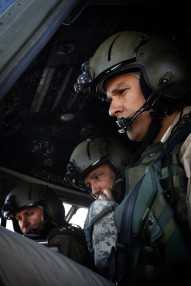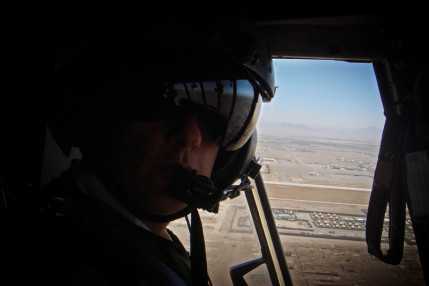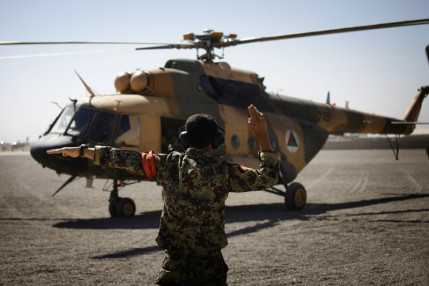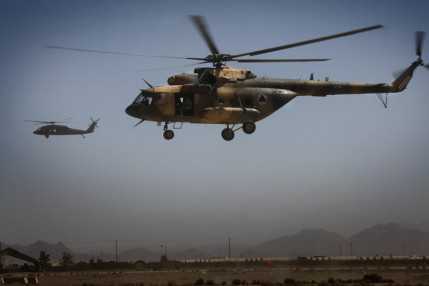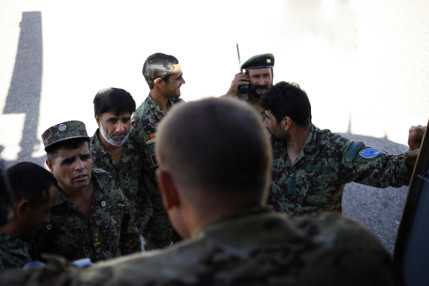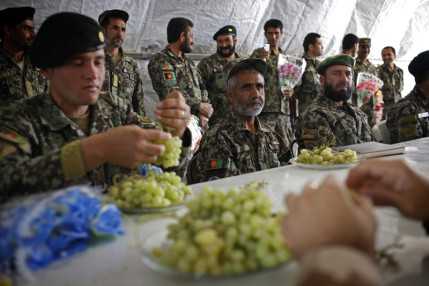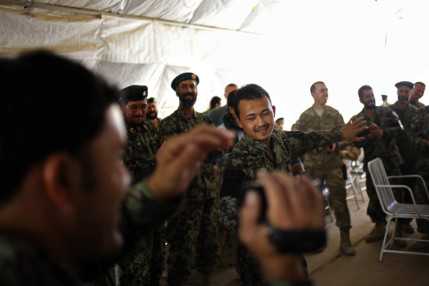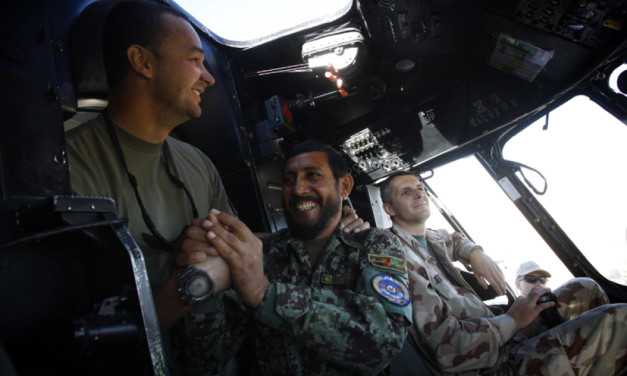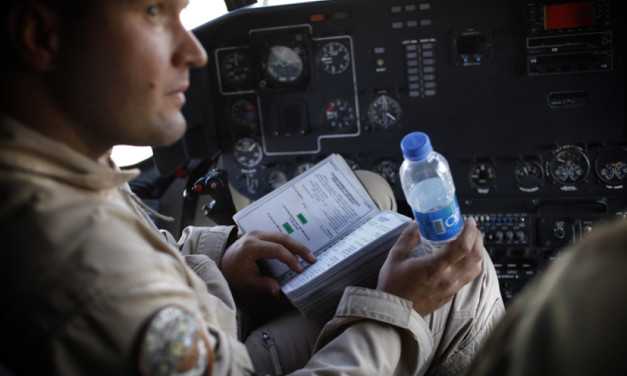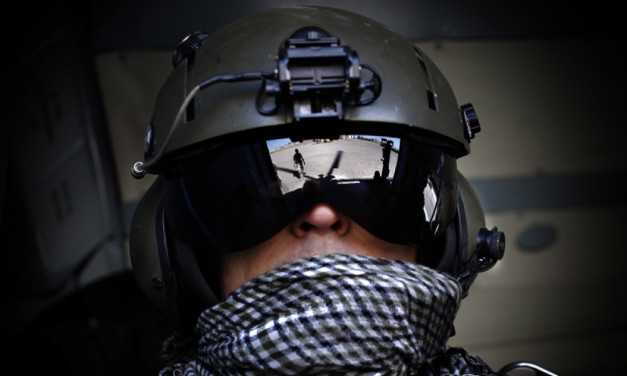Two Days, Two Flights – Reporting from Afghanistan
Szöveg: Balázs Trautmann | 2012. október 6. 6:01After the piles of paper and the briefings, the aircrew of the fourth rotation of the Air Advisory Team was able to take off at last. Everyday life in Shindand has begun.
Galéria

Next day the US pilots evaluated the Hungarian aircrews’ proficiency and flights. It is interesting to note that while the Hungarian crews are more familiar with the type (both the pilots and the crewmembers have flown the Mi–8/Mi–17 helicopters for a considerable number (850-2000) of hours), the US partners have incommensurable experience in flying above the theatre of war. The Hungarian crews have all the required qualifications for mentoring, so they did not have to take an exam: they had to fly familiarization flights in the airspace so that they can know the procedures used here which differ in some details from those used in Hungary.
“The greatest challenge was not flying itself but rather the saturated communication channels due to the significant air traffic. It was like as if the noontime news and the musical program “Boomerang" was broadcast simultaneously with a request program in which the pilot phoning in may or may not receive the clearance from the air traffic controller", Miklós Szabó noted. And let’s add to it the onboard internal communication, since, for example, during a landing to be executed with the proper parameters it is the onboard technician who dictates the speed and warns if the aircraft flies too fast or high or if the rpm of the rotor blades exceeds the pre-set parameters. He must “insert" into this the distance given to the door gunner which remains until reaching the designated landing zone. It is no accident that the crewmembers chose to stay inside the tent after the flight: in their free time, they fell asleep more easily while reading through the missions for the next day, the Jeppesen and the checklists. “Flying in your head is very tiring indeed, as it requires continuous and full attention", the lieutenant-colonel said.
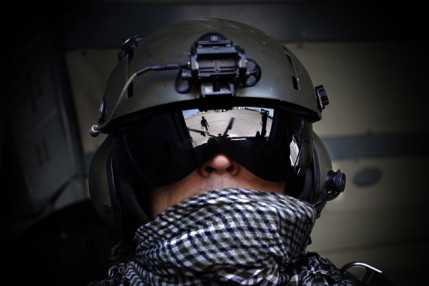
Of course, the practice has produced results. The onboard technicians’ servicing capability has increased, even if they did not have a chance to start up the engine before the flight. In the air, they were supposed to work in an entirely new system of communication. Each of them had to provide the pilots with information in his own special field in turns, following the principles of Crew Resource Management. They have got the hang of it incredibly quickly, which will get better and better in the days to come as these have just been the first flights for all aircrews. They know the principles of the helicopter systems and have come to know soon the different systems of the Mi–17V5s and the metric units in use (kilometer-mile, meter-foot). “For me, it was incredible that after a single tutorial it did not seem even to me, the pilot that they were doing this for the first time" Lt.-Col. Miklós Szabó added.
Photos: Veronika Dévényi
